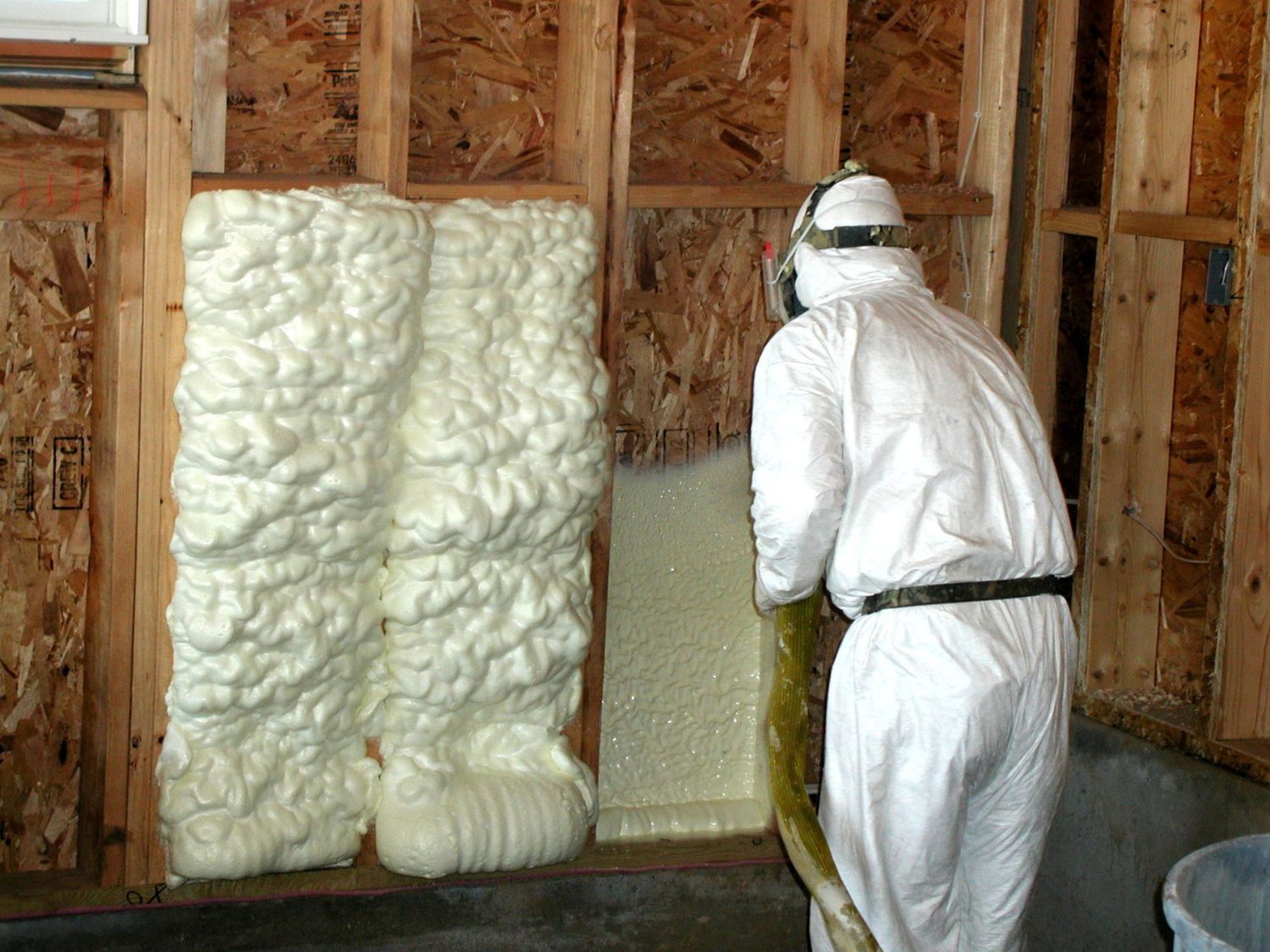

Articles
How Much Spray Foam Insulation Do I Need
Modified: February 23, 2024
Find out how much spray foam insulation you need with our informative articles. Learn about the best practices and calculations to ensure optimal insulation for your home.
(Many of the links in this article redirect to a specific reviewed product. Your purchase of these products through affiliate links helps to generate commission for Storables.com, at no extra cost. Learn more)
Introduction
When it comes to insulating your home or building, spray foam insulation has become a popular choice for its numerous benefits. Not only does it provide superior insulation compared to traditional methods, but it also helps in reducing energy costs and preventing air leakage.
However, before you embark on your spray foam insulation project, it’s important to determine how much foam insulation you will need. Calculating the correct amount is crucial to ensure that you have enough product to cover the desired area without overspending or falling short.
In this article, we will guide you through the process of calculating the amount of spray foam insulation you need. From understanding the different types of spray foam insulation to considering factors such as area, thickness, and waste, we will provide you with all the necessary information to make an informed decision.
Whether you are a DIY enthusiast or a professional contractor, this article will serve as your comprehensive guide to determine the exact amount of spray foam insulation required for your project.
Key Takeaways:
- Calculate the total area and desired thickness to determine the quantity of spray foam insulation needed for your project. Factor in waste and consult with professionals for accurate estimations.
- Understanding the different types of spray foam insulation and considering factors such as climate, building codes, and budget constraints are crucial in determining the exact amount of spray foam insulation required for your project.
Read more: How Thick Spray Foam Insulation Do I Need
Understanding Spray Foam Insulation
Before diving into the calculations, it’s important to have a basic understanding of spray foam insulation. Spray foam insulation is a type of insulation that is applied in liquid form and expands to fill the desired space. It consists of two components, isocyanate and polyol resin, which are mixed on-site through a special spraying equipment.
There are two main types of spray foam insulation: open-cell and closed-cell. Open-cell foam has a lower density and is more flexible, making it suitable for interior applications such as walls and ceilings. It provides good soundproofing and is less expensive than closed-cell foam. On the other hand, closed-cell foam is denser and more rigid, making it ideal for exterior applications such as roofs and foundations. It has a higher R-value, which measures the insulating capacity of the material.
Spray foam insulation offers several benefits over traditional insulation methods. Firstly, it provides an airtight seal, preventing air leakage and reducing energy loss. This can result in significant energy savings and improved comfort. Additionally, spray foam insulation helps in preventing moisture infiltration, reducing the risk of mold and mildew growth. It also acts as a barrier against noise, making your indoor environment quieter and more peaceful.
Understanding the different types of spray foam insulation and their benefits will help you choose the right one for your specific needs. Consider factors such as the climate, building codes, and budget constraints when making your decision.
Factors to Consider
Calculating the amount of spray foam insulation needed involves considering various factors that can impact the coverage and effectiveness of the insulation. Below are some key factors to keep in mind:
- Area to be insulated: The size of the area you intend to insulate is a crucial factor in determining the amount of spray foam insulation required. Measure the length and width of each surface and calculate the total area.
- Type of surface: Different surfaces may require varying amounts of insulation. Exterior walls, attics, and basements, for example, may have different insulation requirements.
- Climate and region: The climate and region in which you reside play a role in determining the amount of insulation needed. Areas with extreme temperatures will require thicker insulation to provide adequate protection.
- Desired R-value: The R-value measures the thermal resistance of the insulation material. Determine the recommended R-value for your area and factor it into the calculation.
- Building codes and regulations: Local building codes may specify the minimum requirements for insulation in your area. Ensure compliance with these codes when determining the amount of insulation needed.
- Budget: Consider your budget constraints when calculating the amount of spray foam insulation required. Overspending on excess insulation may not be cost-effective.
By taking these factors into account, you will be able to make a more accurate estimation of the spray foam insulation needed for your project. It is recommended to consult with a professional or refer to manufacturer guidelines to ensure accurate calculations.
Calculating the Area
One of the first steps in determining the amount of spray foam insulation you need is to calculate the area that requires insulation. This involves measuring the length and width of each surface that will be insulated and calculating the total area. Here’s how to do it:
- Measure the length and width: Use a tape measure to measure the length and width of each surface individually. For example, if you are insulating a wall, measure the height and width of the wall.
- Calculate the area of each surface: Once you have the measurements, multiply the length by the width to calculate the area of each surface. If you are insulating multiple surfaces, repeat this step for each surface.
- Sum up the total area: Add up the areas of all the surfaces to get the total area that needs to be insulated. This will give you a baseline for determining the amount of spray foam insulation required.
It’s important to measure accurately to ensure an accurate calculation. Take multiple measurements to double-check your figures and ensure accuracy.
For irregularly shaped surfaces, such as those with angles or curves, it may be necessary to divide the surface into smaller sections and calculate the area of each section separately. Once you have the areas of each section, sum them up to get the total area.
By accurately calculating the total area, you will have a starting point for determining the amount of spray foam insulation needed for your project. This calculation sets the foundation for the subsequent steps in estimating the quantity of insulation required.
Measure the square footage of the area you want to insulate and determine the desired thickness of the foam. Use a spray foam insulation calculator to estimate the amount needed. It’s better to overestimate than to run out mid-project.
Determining the Thickness
Once you have calculated the total area that needs to be insulated, the next step is to determine the thickness of the spray foam insulation. The thickness plays a critical role in the effectiveness and energy efficiency of the insulation. Here’s how to determine the appropriate thickness:
- Consider the building codes and regulations: Check local building codes and regulations to determine the minimum required insulation thickness. This will ensure compliance with safety and efficiency standards.
- Consider the desired R-value: The R-value measures the thermal resistance of the insulation material. Consult with a professional or refer to the recommended R-values for your climate zone to determine the thickness required to achieve the desired R-value.
- Assess the climate and region: Consider the climate in your region. If you live in an area with extreme temperatures, you may need thicker insulation to provide adequate protection against heat loss or gain.
- Evaluate energy efficiency goals: Determine your energy efficiency goals. Thicker insulation can offer better energy efficiency, but it may come at a higher cost. Balance your energy efficiency goals with budget considerations.
By taking into account these factors, you can determine an appropriate thickness for your spray foam insulation. Keep in mind that thicker insulation generally provides better thermal performance, but it’s important to find the right balance between efficiency and cost-effectiveness.
It’s important to note that the thickness specified by the spray foam manufacturer may differ from the minimum required thickness defined by building codes. Be sure to adhere to the stricter requirement to ensure compliance and optimal insulation performance.
Once you have determined the appropriate thickness, you can move on to the next step of calculating the quantity of spray foam insulation needed for your project.
Read more: How Much Spray Foam Insulation Cost
Adjusting for Waste
When calculating the quantity of spray foam insulation needed for your project, it’s important to account for potential waste. Waste can occur due to factors such as overspray, improper application, or unexpected obstacles. Adjusting for waste ensures that you have enough insulation to cover the desired area without running out. Here are some tips for adjusting for waste:
- Consult with the manufacturer: Check with the spray foam insulation manufacturer for information on their recommended waste factor. They may provide specific guidelines on how much extra insulation to account for due to waste during application.
- Consider the complexity of the project: Evaluate the complexity of your project and take into account any difficult-to-reach areas, angles, or obstacles that may result in increased waste. Projects with intricate designs or irregular surfaces may require a higher waste factor.
- Factor in the application method: The method of application can affect the amount of waste. Different spray foam application techniques may result in varying levels of overspray or inconsistencies in coverage. Adjust your calculations accordingly.
- Be conservative in your estimation: It’s always better to have slightly more insulation than necessary rather than falling short. Add a buffer to your calculations to account for any unexpected waste that may occur during the installation process.
By factoring in waste, you can ensure that you have enough spray foam insulation to complete your project without any interruptions or delays. Achieving a good balance between proper coverage and waste prevention is crucial for an efficient and cost-effective insulation installation.
Keep in mind that the waste factor may vary depending on the specific brand or type of spray foam insulation you are using. Refer to the manufacturer’s guidelines and recommendations to determine the most accurate waste factor for your project.
Final Calculation and Recommendation
Now that you have considered factors such as the area to be insulated, the desired thickness, and adjustments for waste, it’s time to make the final calculation to determine the quantity of spray foam insulation needed for your project. Follow these steps to calculate the final amount:
- Calculate the total volume: Multiply the total area by the desired thickness to calculate the volume of spray foam insulation needed. For example, if the total area is 500 square feet and the desired thickness is 3 inches, the total volume would be 500 square feet x 3 inches = 1,500 cubic feet.
- Adjust for waste: Apply the waste factor calculated in the previous step to the total volume. For instance, if the waste factor is 10%, you would multiply the total volume by 1.10 to account for waste. In the example above, the adjusted volume would be 1,500 cubic feet x 1.10 = 1,650 cubic feet.
Based on this final calculation, you now have the quantity of spray foam insulation required for your project. It is recommended to round up to the nearest whole number to ensure that you have enough insulation to cover the entire area.
However, keep in mind that these calculations are estimations, and it’s always better to have slightly more insulation than necessary. It’s also important to consider the specific brand or type of spray foam insulation you are using, as some manufacturers may have their own recommended application rates or coverage charts. Refer to the manufacturer’s guidelines to fine-tune your calculation and ensure accuracy.
For more complex or large-scale projects, it may be beneficial to consult with a professional insulation contractor. They can provide expert advice, take precise measurements, and provide an accurate assessment of the amount of spray foam insulation needed.
By following these steps and taking into account all relevant factors, you can confidently determine the quantity of spray foam insulation needed for your project, ensuring a successful and efficient insulation installation.
Conclusion
Calculating the amount of spray foam insulation needed for your project requires careful consideration of various factors such as the area to be insulated, desired thickness, waste factor, and specific guidelines from the manufacturer. By following the steps outlined in this article, you can make a more accurate estimation and ensure that you have enough insulation to cover the desired area without any interruptions or delays.
Spray foam insulation offers numerous benefits, including superior insulation, energy savings, moisture resistance, and improved indoor comfort. It is a popular choice for both residential and commercial buildings due to its effectiveness and durability.
Remember to measure accurately and factor in any irregularities or obstacles that may impact the coverage and waste during installation. Consult with the spray foam insulation manufacturer and review local building codes to ensure compliance with safety standards and regulations.
If you are unsure about the calculations or have a complex project, it is recommended to seek the assistance of a professional insulation contractor. They have the expertise and experience to provide precise measurements, recommend the appropriate type, and determine the exact quantity of spray foam insulation needed for your specific project.
By accurately calculating the amount of spray foam insulation required, you can embark on your insulation project with confidence, knowing that you have taken into account all the necessary factors for a successful and effective installation. Enjoy the benefits of improved energy efficiency, comfort, and soundproofing that spray foam insulation can provide for your home or building.
Frequently Asked Questions about How Much Spray Foam Insulation Do I Need
Was this page helpful?
At Storables.com, we guarantee accurate and reliable information. Our content, validated by Expert Board Contributors, is crafted following stringent Editorial Policies. We're committed to providing you with well-researched, expert-backed insights for all your informational needs.
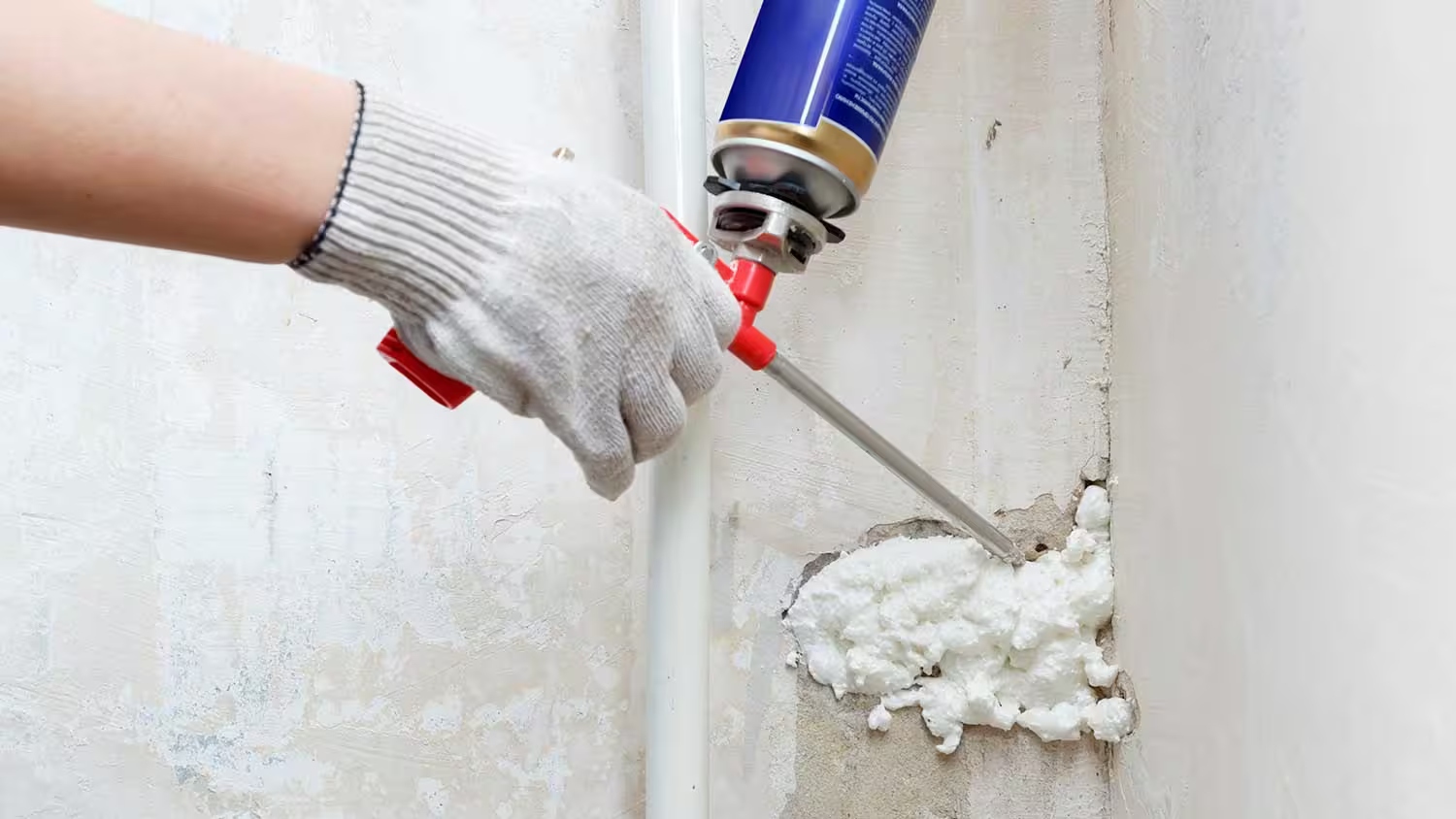
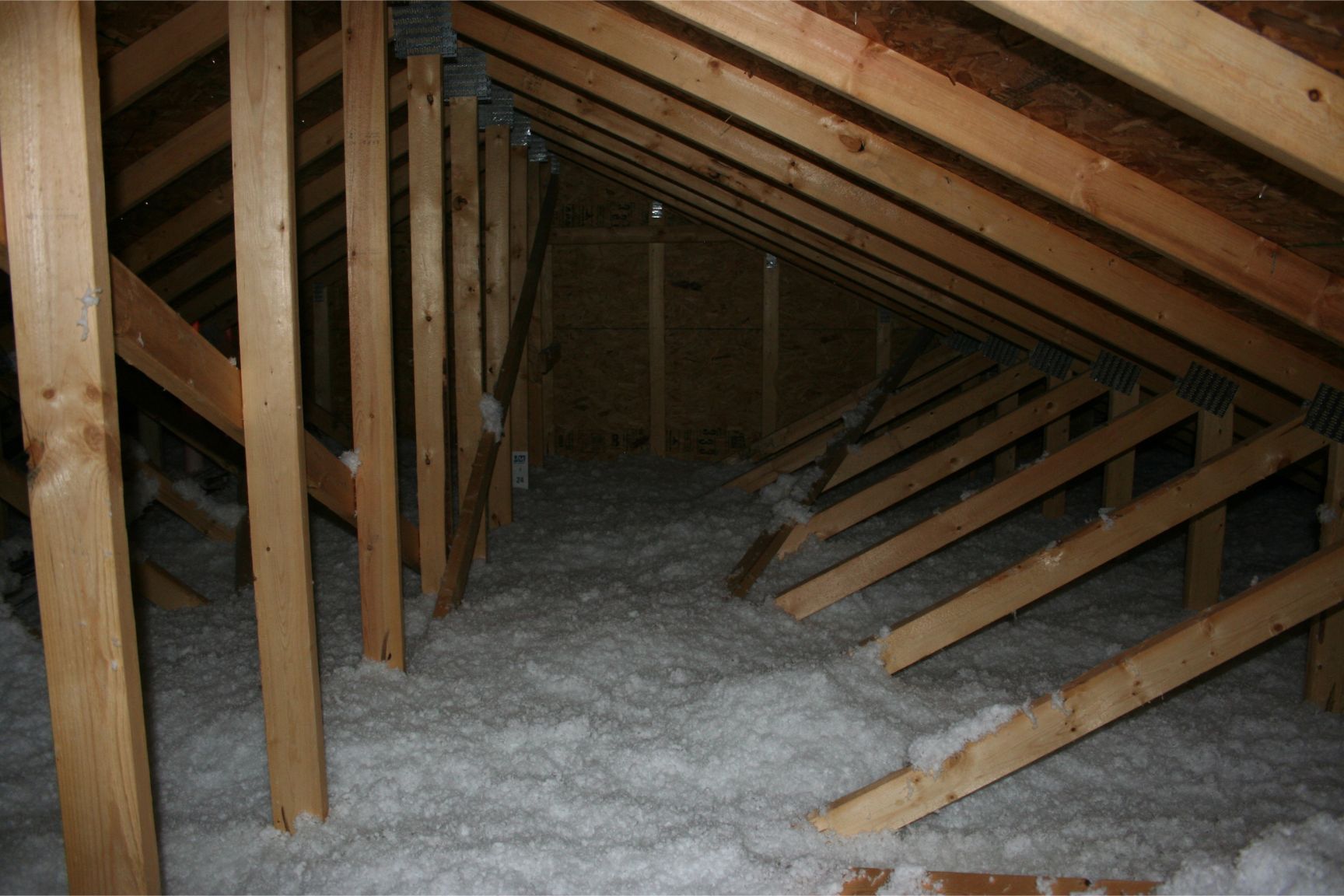
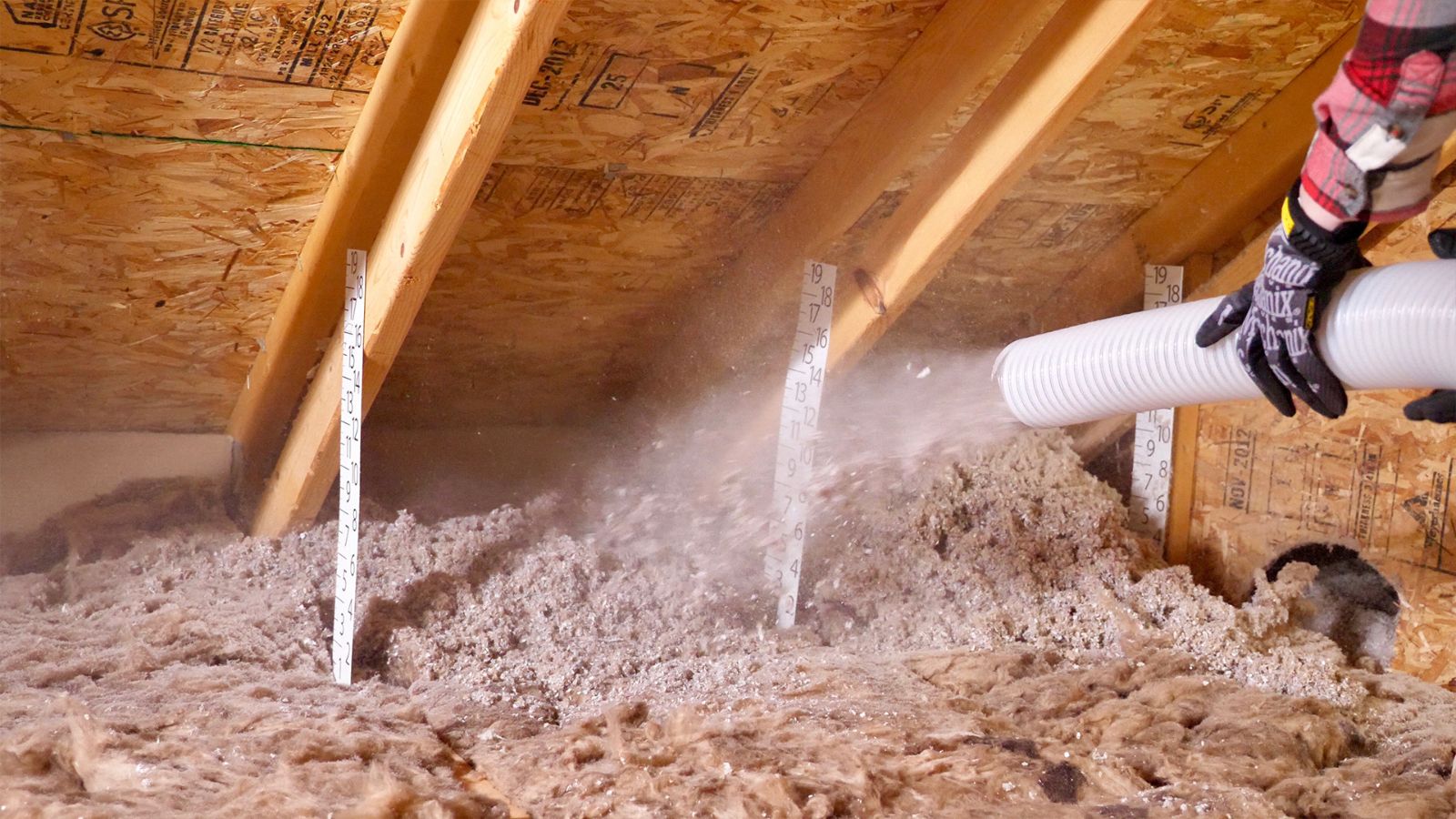
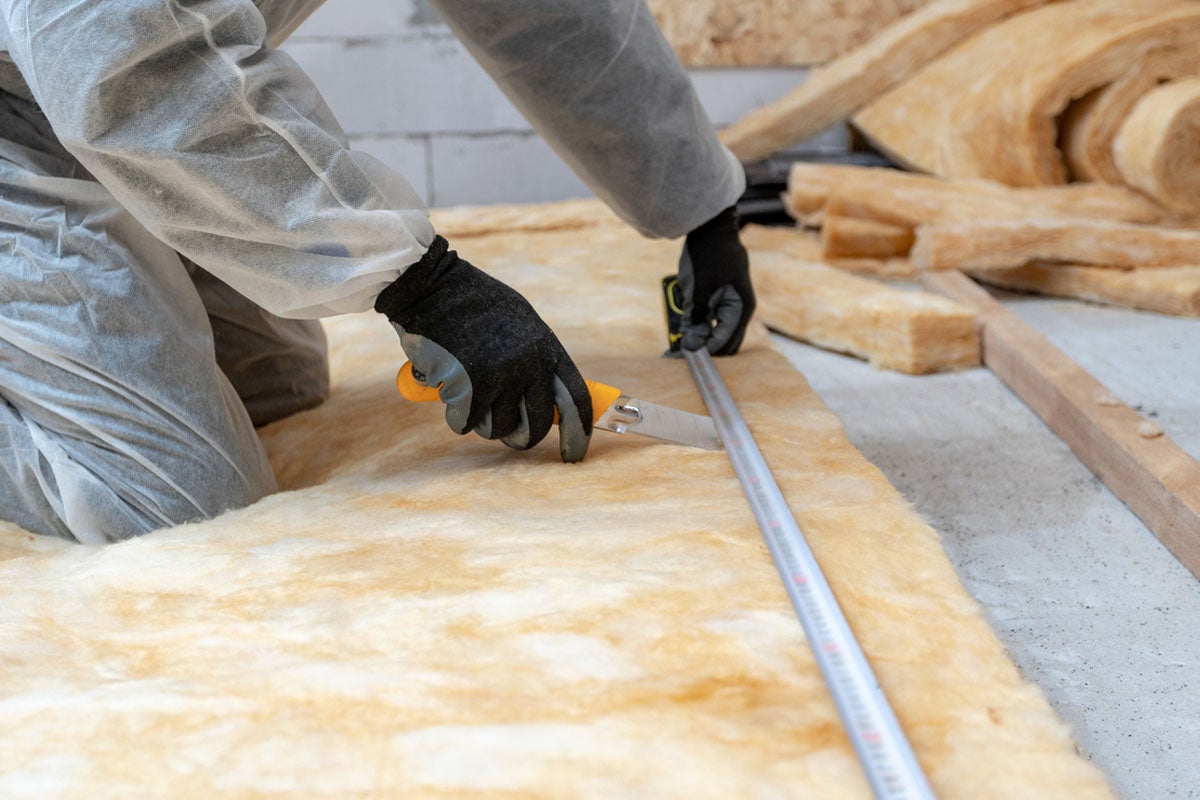
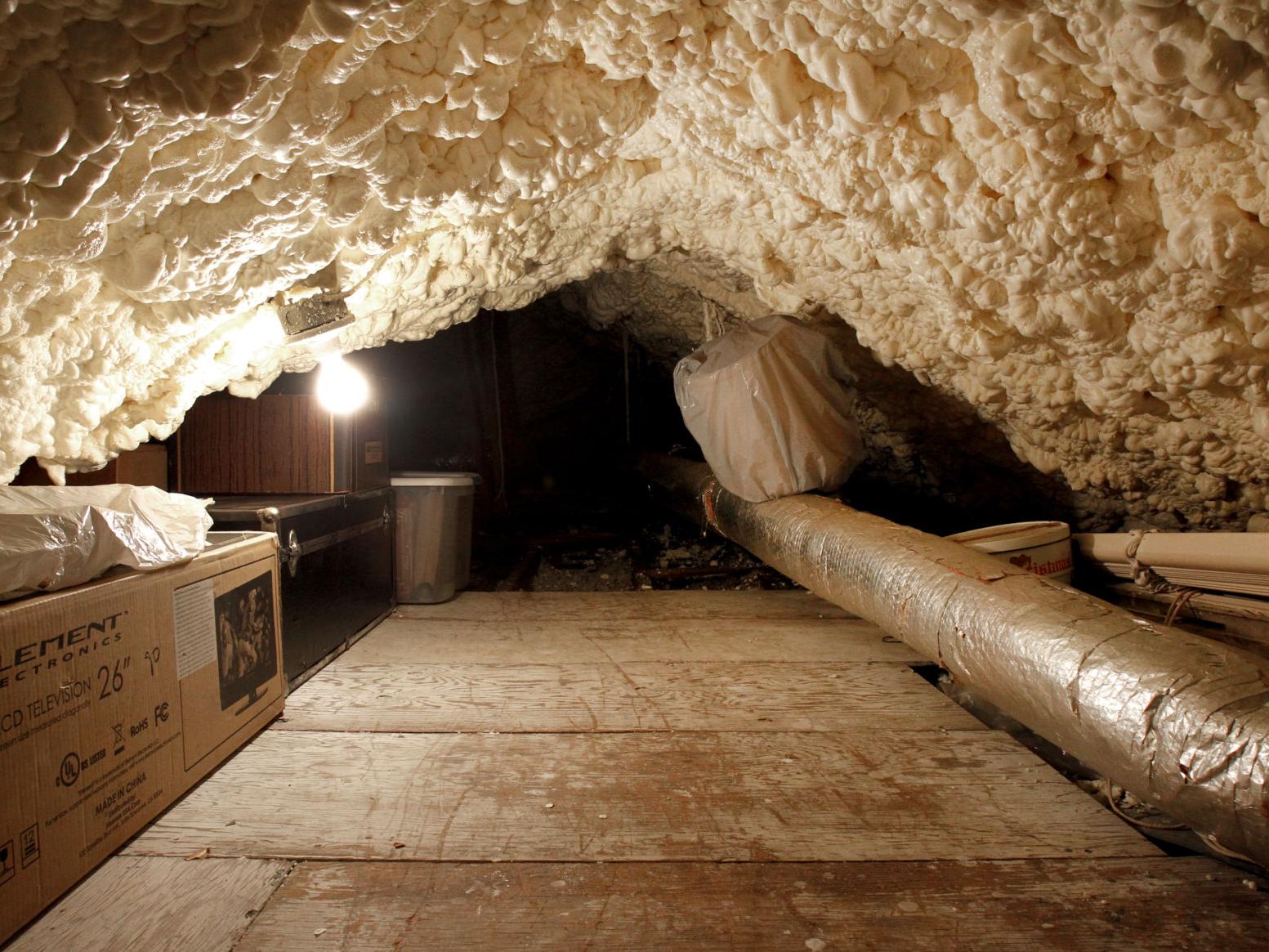
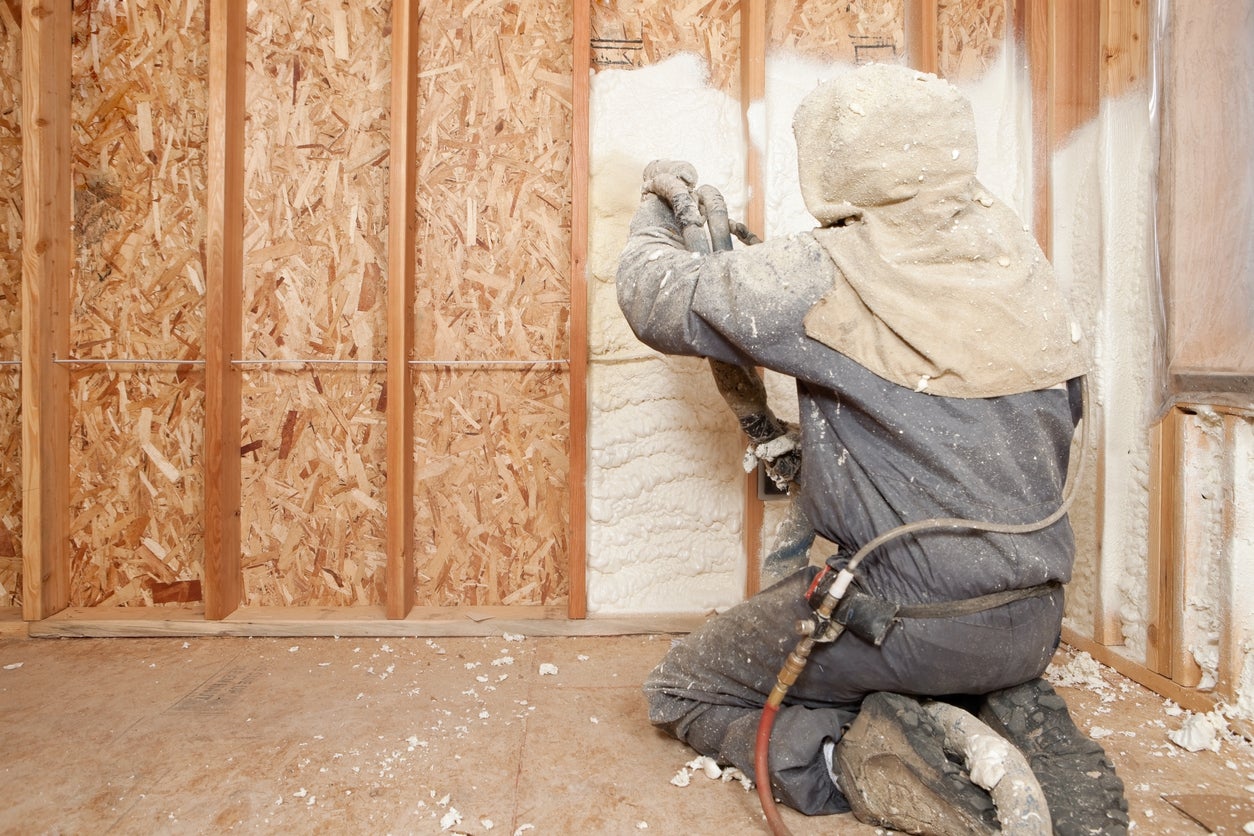
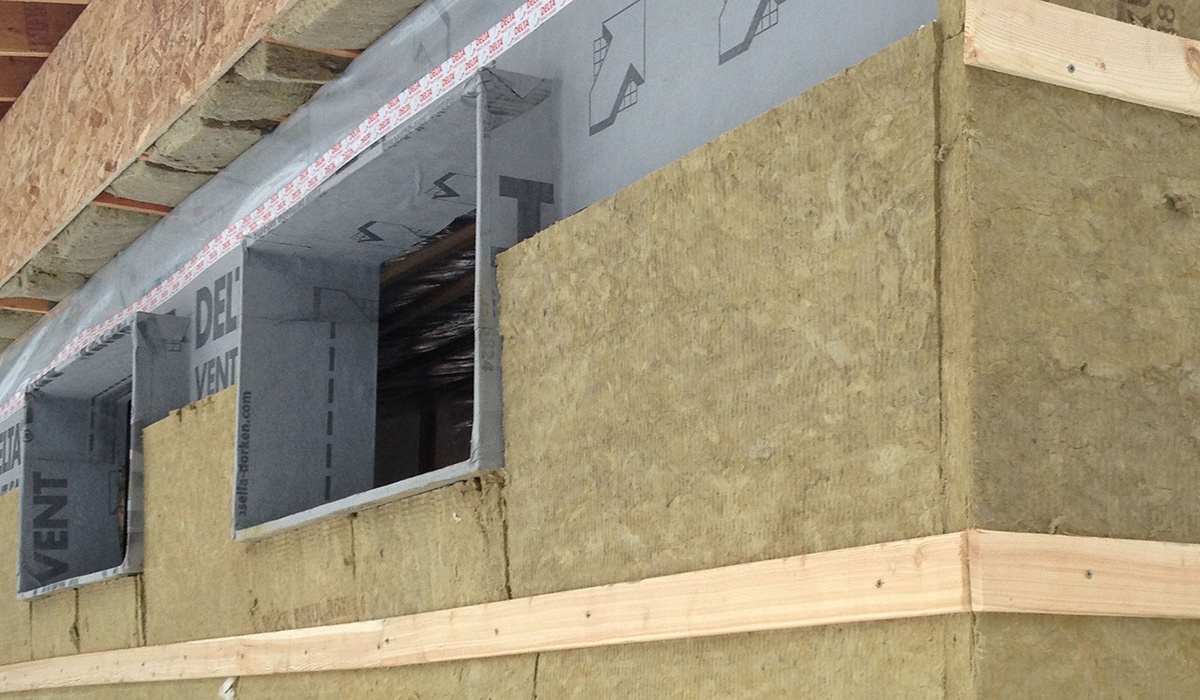
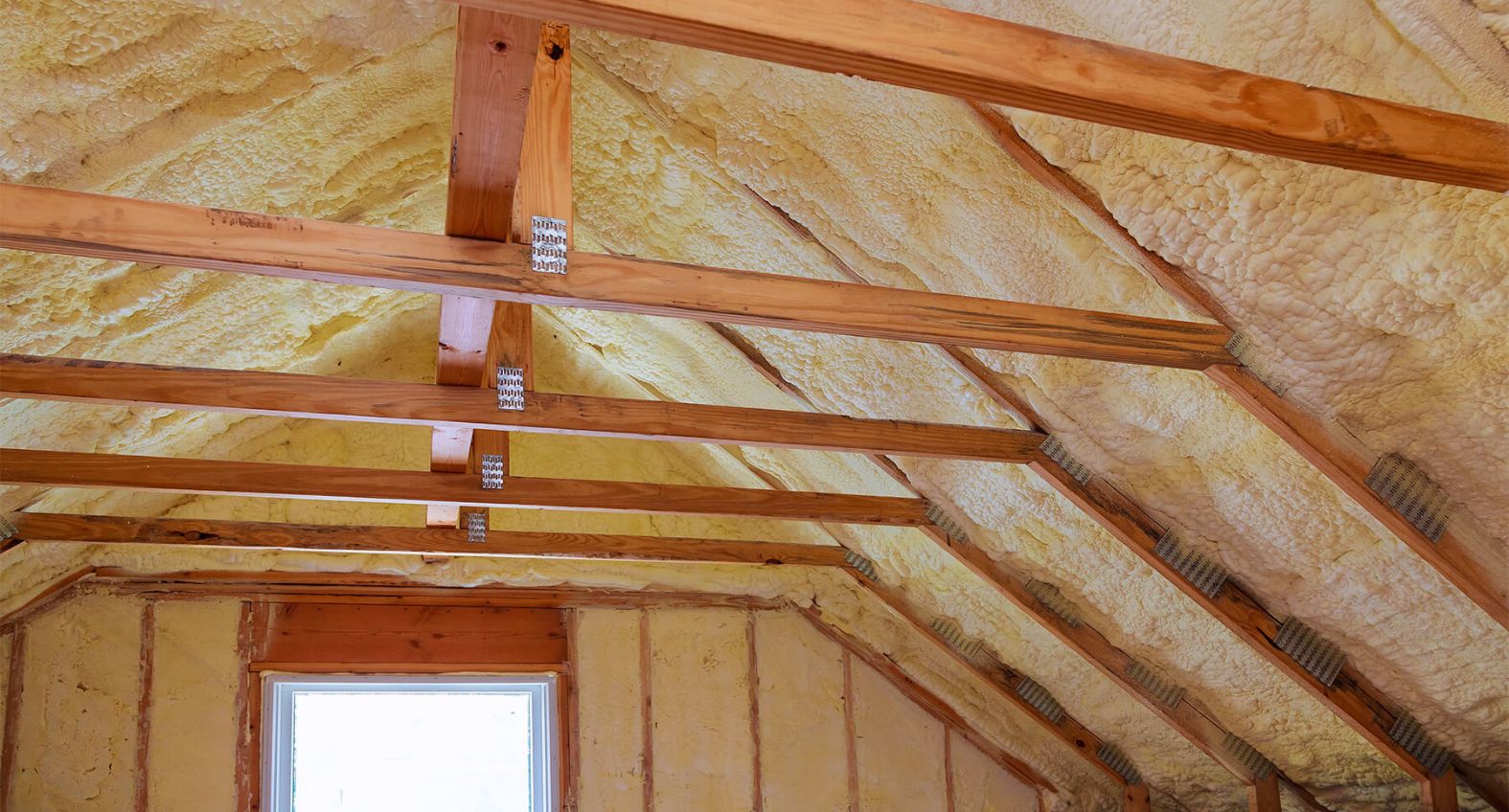
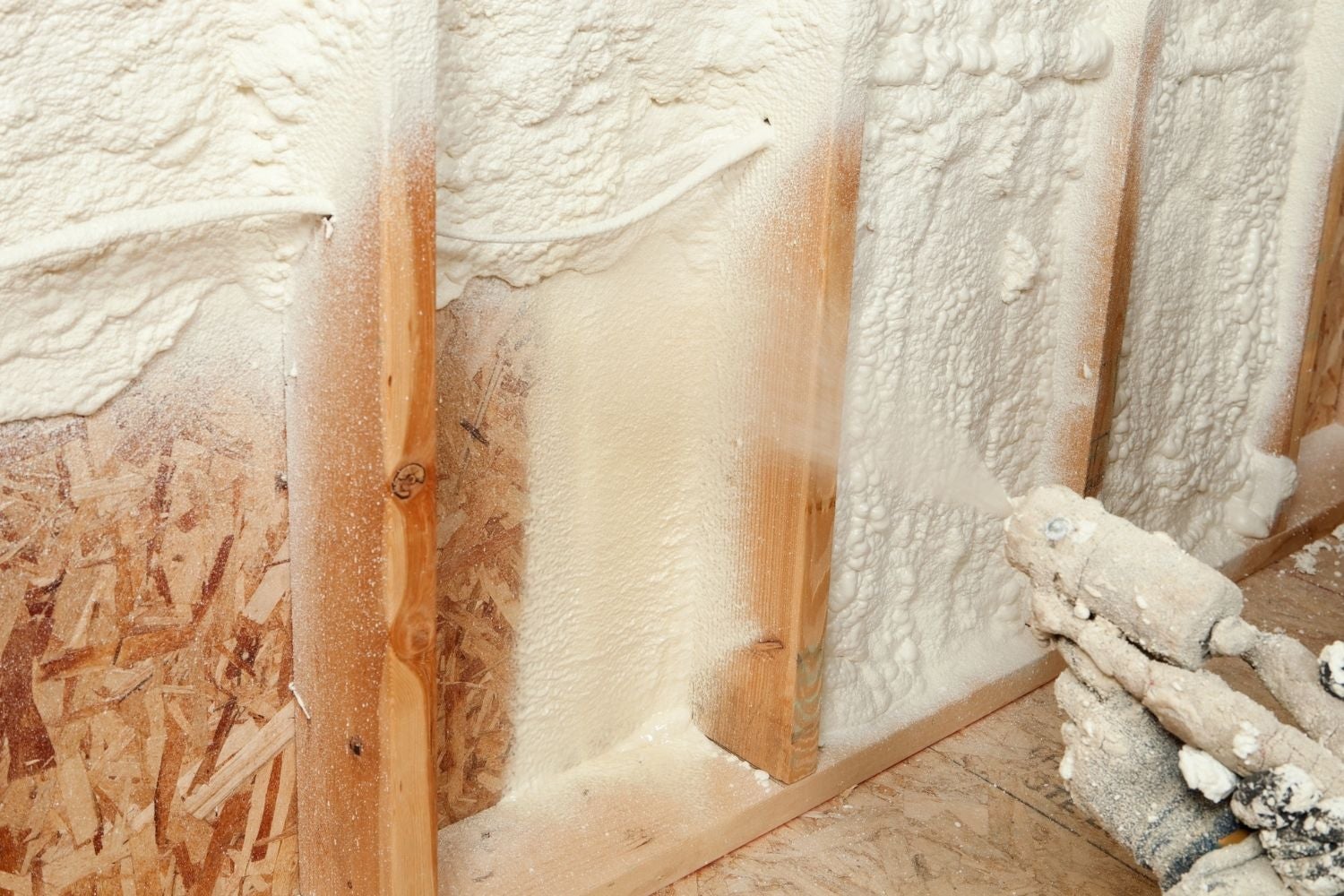
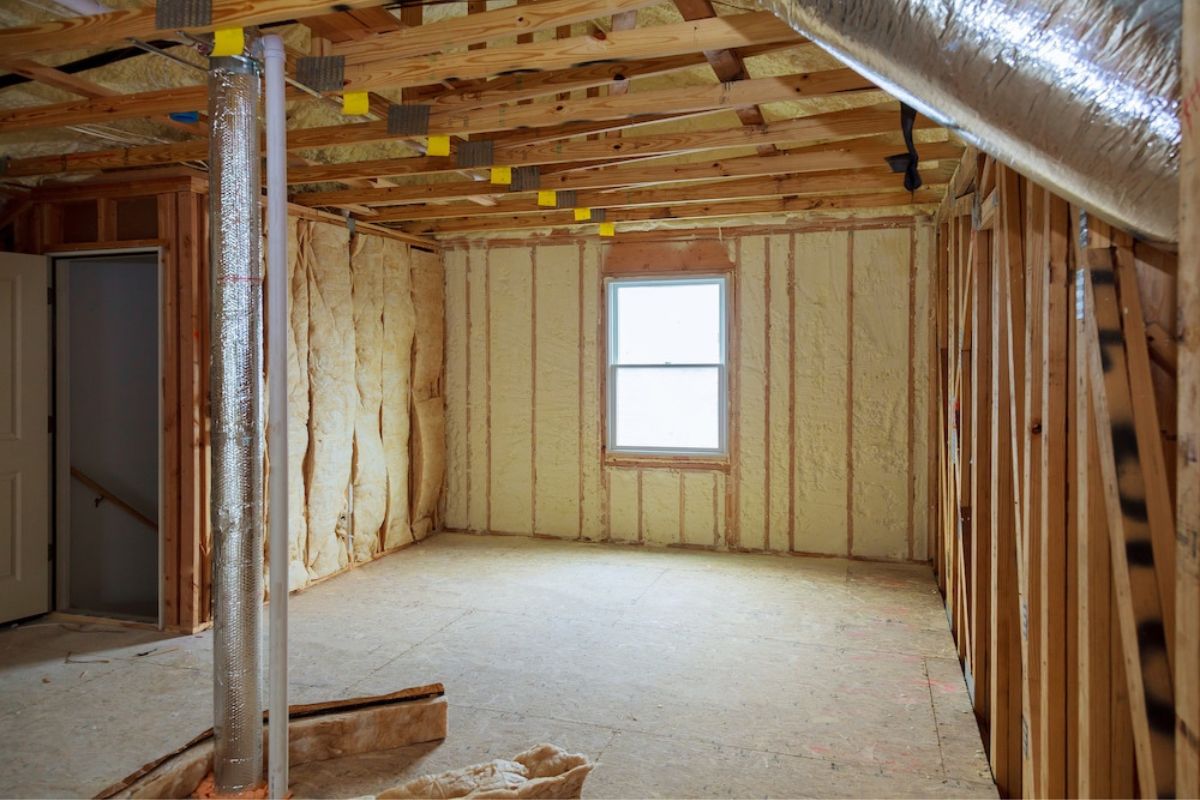
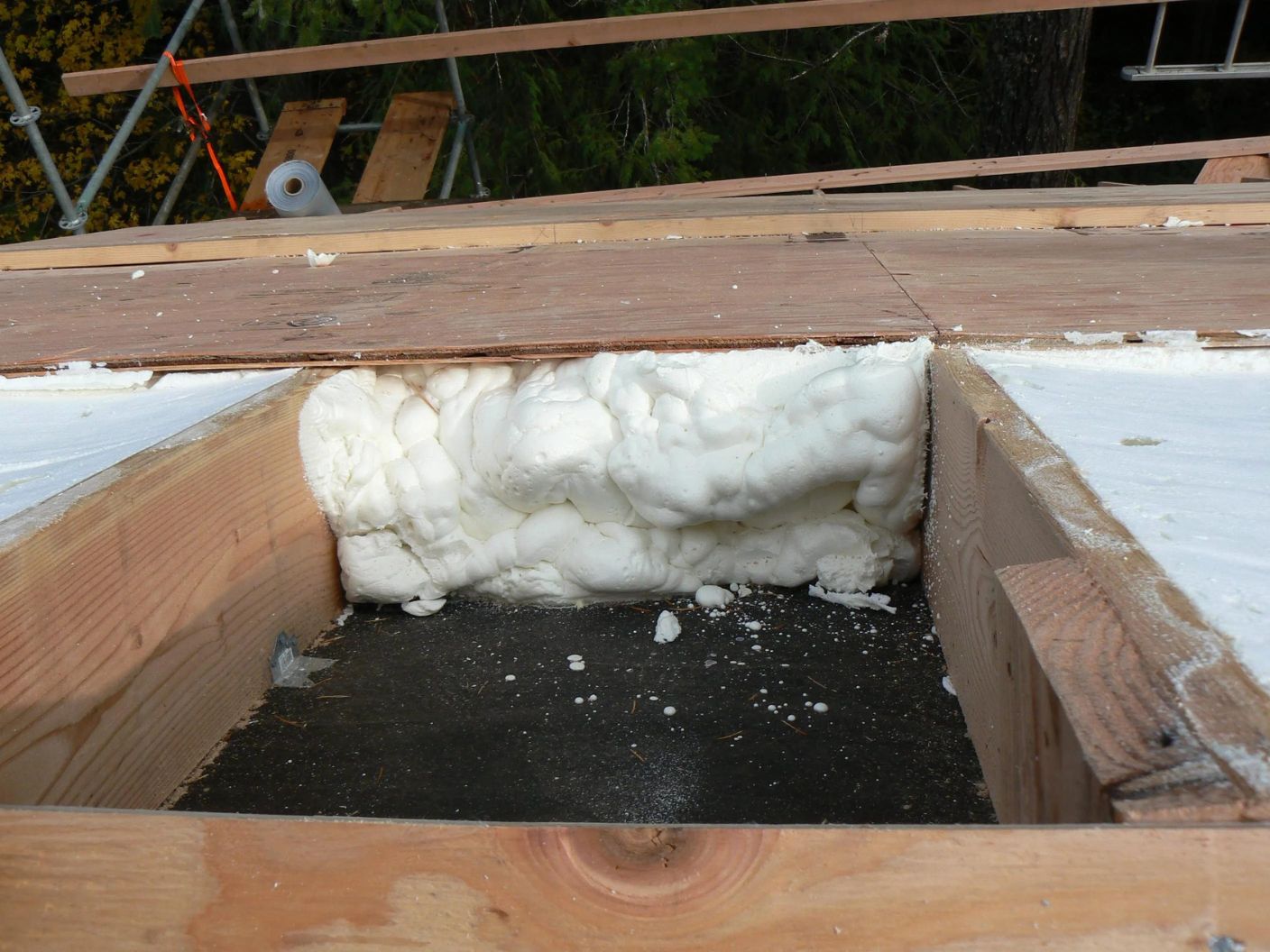
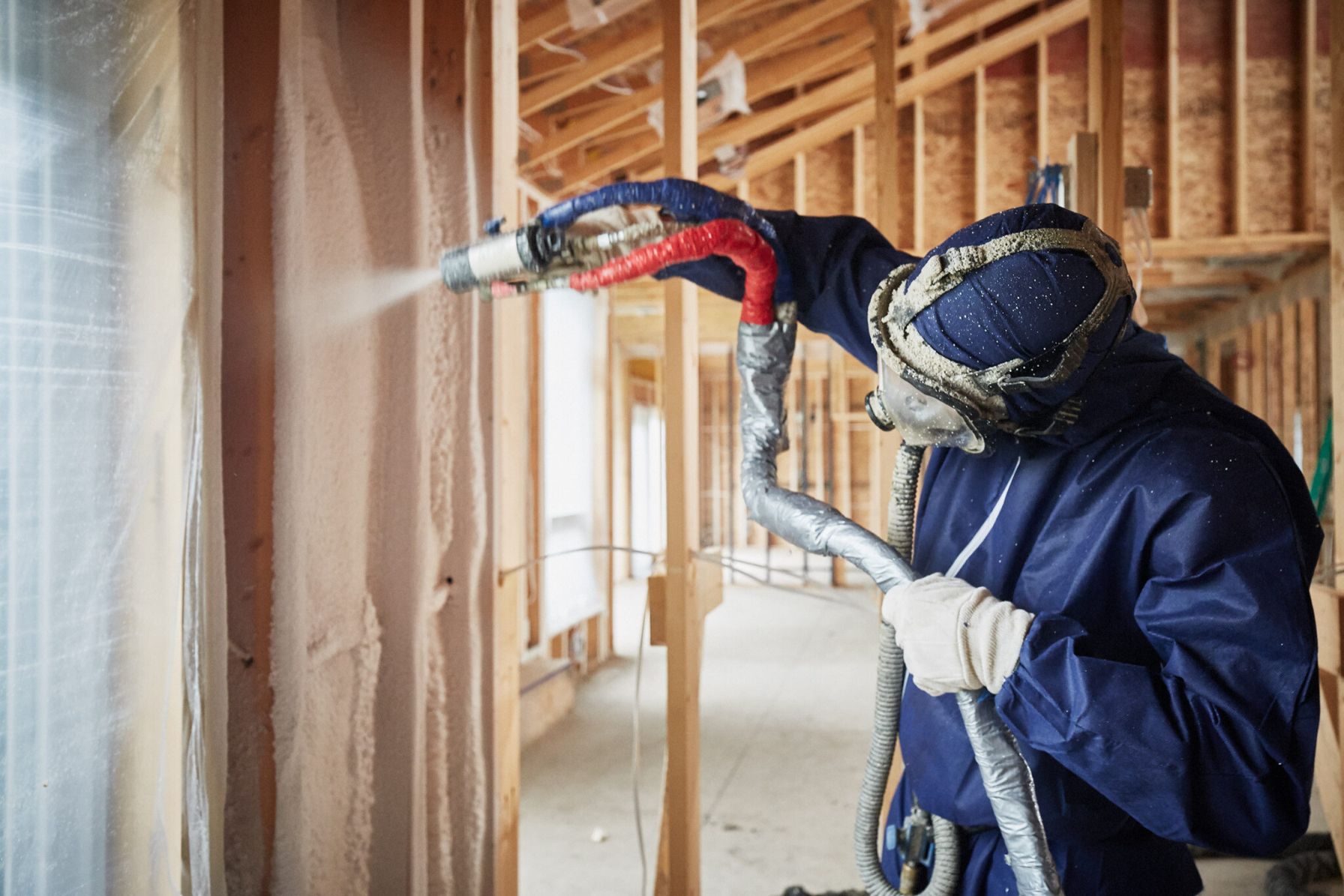
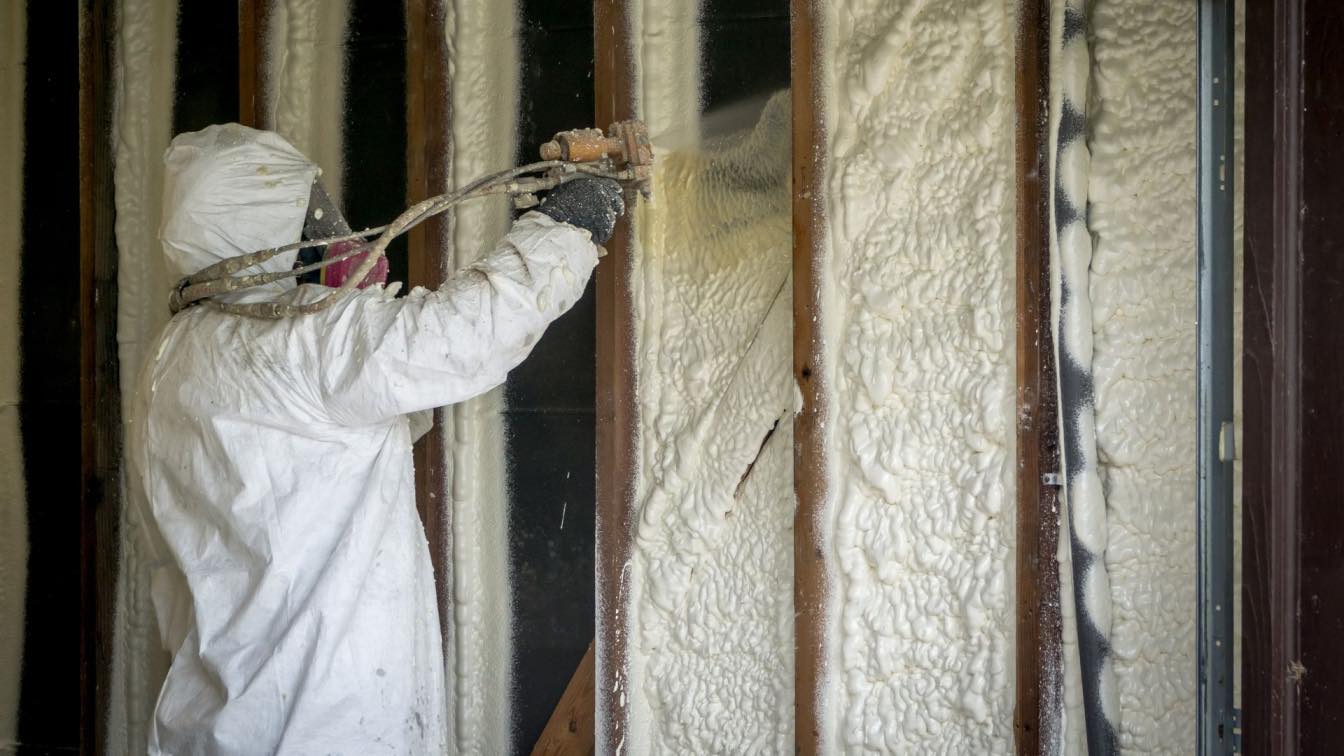
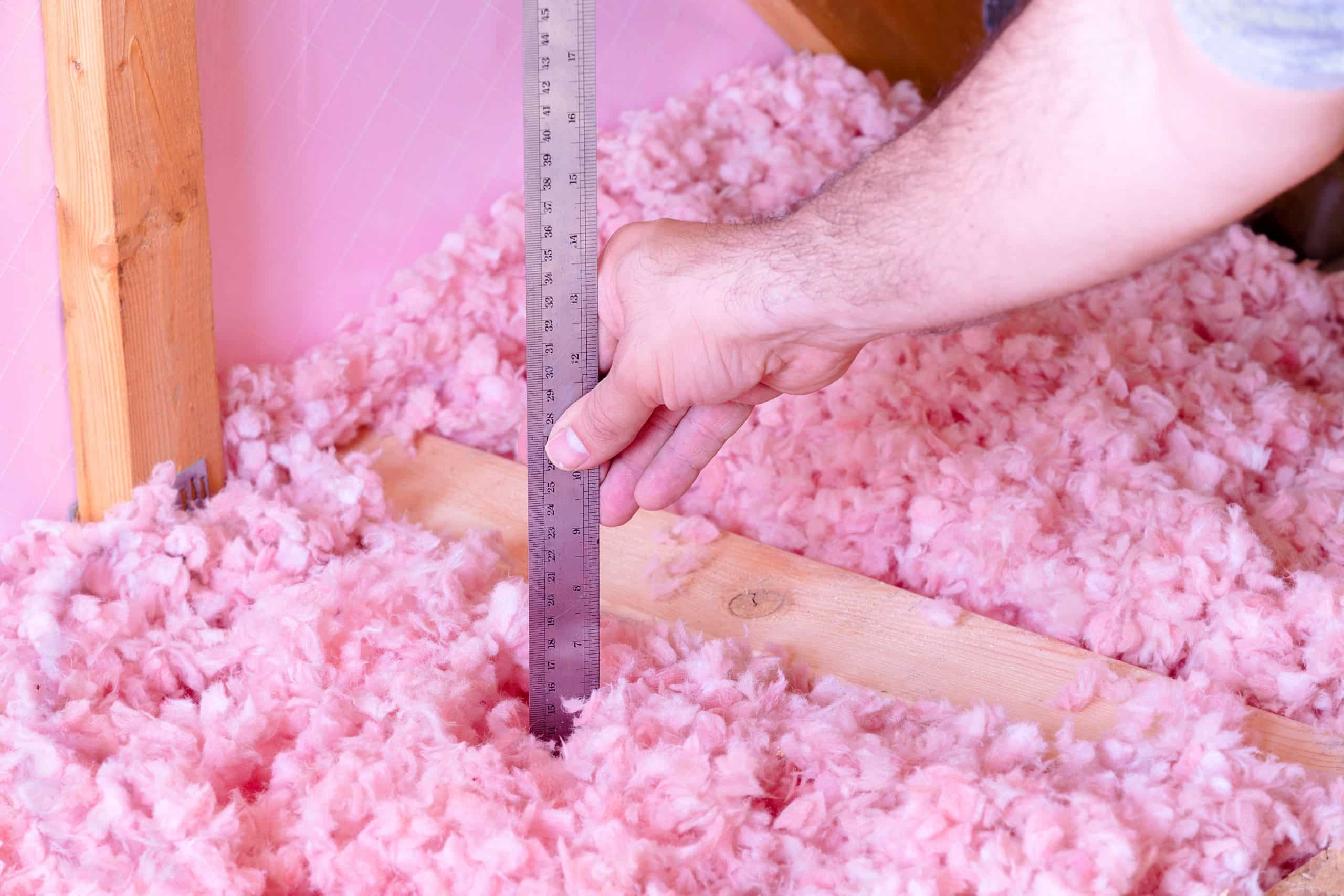

0 thoughts on “How Much Spray Foam Insulation Do I Need”